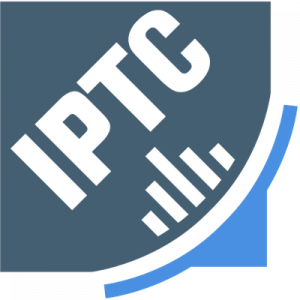The deprecation of third-party cookies is no longer a distant threat looming on the horizon – it’s already begun. Google, the world’s most popular web browser, has begun phasing out third-party cookies for a small percentage of Chrome users, a move that signals the imminent demise of this once-ubiquitous advertising tool.
This shift has far-reaching implications for both publishers and advertisers. Publishers, who rely on third-party cookies to target ads to specific audiences, are facing a new reality where they need to find innovative ways to reach their target demographics. Advertisers, accustomed to highly targeted campaigns, will need to adapt their strategies to align with this new era of privacy-focused advertising.
One potential solution for publishers is to embrace contextual advertising, which relies on the context of the webpage to deliver relevant ads. This approach has the potential to deliver more relevant and engaging ads for users, while also providing publishers with a more direct and transparent way to monetize their content.
Advertisers, on the other hand, can focus on building first-party data sets, which consist of information collected directly from their own website visitors. This data can be used to create detailed user profiles and target ads based on user interests and behaviors.
The transition away from third-party cookies may seem daunting, but it also presents a unique opportunity for publishers and advertisers to innovate and strengthen their relationships with their audiences. By embracing new technologies and data-driven strategies, they can adapt to the changing landscape and emerge stronger than ever.
Here are some specific steps publishers can take to prepare for the end of third-party cookies:
Build a strong first-party data strategy: Start collecting and storing data about your website visitors directly. This could include information such as email addresses, demographics, and interests.
Utilize contextual advertising: Implement contextual advertising tools that can deliver ads based on the content of your webpages.
Prioritize user privacy: Make clear to your visitors how their data is being collected and used.
Here are some specific steps advertisers can take to prepare for the end of third-party cookies:
Collect and utilize first-party data: Invest in collecting and analyzing data from your own website visitors.
Partner with publishers who use contextual advertising: Work with publishers who are using contextual advertising to reach your target audiences.
Embrace privacy-focused advertising solutions: Explore advertising solutions that respect user privacy and comply with the latest regulations.
The end of third-party cookies is not a crisis but an opportunity. By adapting to this new era of advertising, publishers and advertisers can create more relevant, engaging, and privacy-focused ad experiences for their users.





